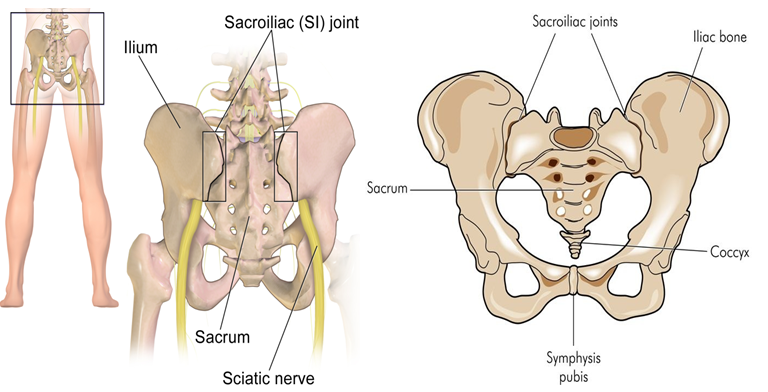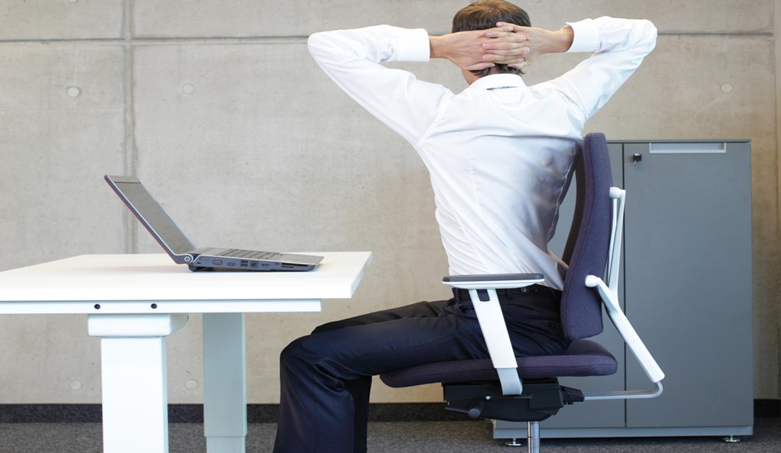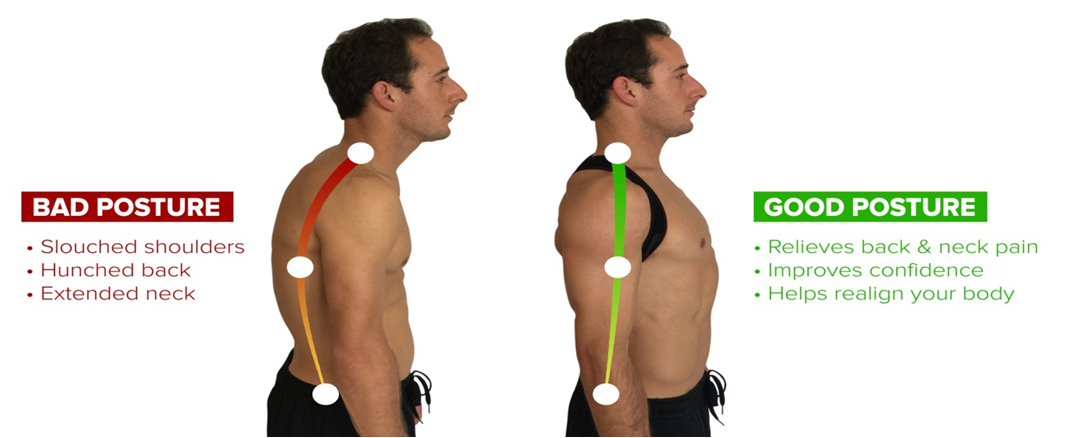BACK PAIN HEALTH OVERVIEW: PREGNANCY RELATED BACK PAIN.
SACROILIAC JOINT DYSFUNCTION PAIN AS THE MAIN FACTOR OF LOWER BACK DISCOMFORT
Do you feel a deep pain in your lower back when you get up from the chair? If so, you may be suffering from sacroiliac dysfunction syndrome. We present an in-depth article outlining informative and education around Sacroiliac Joint Dysfunction discussing how to correctly treat and manage this condition.
We explore the clinical diagnosis, pain management approach, and consider how physical therapy treatment can effectively target lower back issues. Leading physiotherapy Manchester city centre Sports Injury Clinics focus on Low back pain which is a common reason for private medical consultation. It is estimated that 84% of patients will suffer from low back pain throughout their lives (Deyo RA et al, 1987).
It especially affects people who have undergone lumbar fusion surgeries, and continue to have residual back pains that usually has a negative effect on the quality of life of patients and is one of the main reasons for absenteeism from work. Sacroiliac joint pain may arise from pregnancy, after spinal surgeries, stress, repetitive movements, and could be the aftermath of trauma such as collisions and tackles in sports (Marc A. Raj et al, 2021).

However, this muscuolo-skeletal disorder may be developed by other complex pathologies that can affect the sacroiliac joint e.g., inflammatory, metabolic, infectious, iatrogenic, as well as mechanical dysfunction of the sacroiliac joint, which presents pain in the region without demonstrable anatomical alteration of the body (Szadek KM et al, 2009).
Low back pain symptoms have a recurrent and markedly presence amongst worldwide population. Hence, several research studies have been carried through where the Sacroiliac Joint Dysfunction was described as one of the most predominant causes of these symptoms, furthermore, the prevalence of this Sacroiliac Joint Dysfunction was higher than supposed reaching up to 10-30% of the screened individuals. This means that of every 100 subjects who were experiencing low back pain 10 up to 30 of them were diagnosed with the Sacroiliac Joint Dysfunction (Chaler Vilaseca J et al, 2017). Although, an article published by SI-BONE explains that this figure could be higher as of result of medical health care providers might sometimes overlook it when it comes to spot the diagnosis.
The sport in which elite athletes have been proven to be the most prone to coming about this condition is rowing, outcomes accounted for 54.1% of team members have presented it at least once (K E Timm, 1999).

WHEN SHOULD I WORRY ABOUT BACK PAIN IN PREGNACY?
Back pain in pregnancy is quite common, especially after the third trimester. This discomfort is caused by a set of factors due to the hormonal alterations that are suffered throughout the development of pregnancy.
The hormonal alteration that occurs during pregnancy causes the ligaments and joints to become looser and therefore more mobile. This has its benefits since it prepares your body for the moment of childbirth, but on the other hand, your back needs to make a greater effort.
However, back pain is mainly caused by the progressive increase in weight that your spine has to support, which is distributed mainly around your waist.
WHAT SHOULD I DO ABOUT LOWER BACK PAIN IN PREGNACY?
Low back pain is one of the most common discomforts of pregnancy, especially in the last months. According to the American College of Obstetricians and Gynecologists; the pain may go away after the baby is born. However, the pain may persist for months after giving birth.
When the due date approaches, back pain can become disabling; there is difficulty walking fast and long distances. Additionally, there may be difficulty falling asleep and pain during intercourse, according to a medical article.
Frequently the onset of pain occurs around the 18th week of pregnancy and the maximum intensity would be observed between the 24th and 36th week.
Here in My Sports Injury Clinic our first-rate physiotherapists can help you with initial assessment, and treatment of the condition, these are some easy-to-follow recommendations to prevent and relieve back pain during pregnancy.
KEEP A GOOD POSTURE
The Mayo Clinic recommends that you stand tall, with your back straight, your chest lifted, and your shoulders back and relaxed. If you're going to be on your feet for a long time, place one foot on a low stool and take breaks.
When sitting, always choose a chair that supports your back, place a small cushion behind your spine, and lean back well so your back is straight.
EXERCISE IS ALWAYS KEY
Do physical activity on a regular basis. For example, you can walk, swim, perform pilates, and practice yoga. Always remember to do it under medical supervision.
WEAR THE RIGHT TRAINERS
Now you're going to love tennis shoes! The comfortable, low-heeled shoes are your new favourites.
The American College of Obstetricians and Gynecologists recommends wearing athletic shoes. As you walk, keep your hips forward.
TREATMENT OF LOW BACK PAIN DURING PREGNANCY BY SPORTS PHYSIOTHERAPIST MANCHESTER
When the pain is intense, lasts for more than two weeks and interferes with your daily activities, consult your doctor. To relieve pain there are also general recommendations such as.
Relaxation and conditioning exercises guided by a physical therapist Manchester; the goal is to strengthen the muscles.
Therapies in the water; being inside the water, the gravitational loads on the maternal musculature are reduced, according to the medical article “Management of non-obstetric pain during pregnancy”, published by Elsevier Spain, S.L.
Pilates and yoga; practising stretching techniques can promote flexibility and reduce back pain. Get advice in a certified place, with professionals and special sessions for pregnant women.
Massages in the area of pain performed by a sports massage clinician.
To rest, sometimes it is best to lie down to get some relief.
Moreover, it has been described that pregnancy-related soreness and discomfort in the Sacroiliac Joint or other anatomical structures such as pubic symphisis, lumbosacral region or any combination of the mentioned joints have been termed as Pelvic Girdle Pain (PGP) which shows a prevalence rate from 4% up to 76% of all pregnant women (Brian Fiani et al, 2021).

A cross-sectional study issued by (Paneri Sandeep Ghodke et al, 2017) claims that 26% of women who have just given birth present Sacroiliac Joint Dysfunction, this incidence rate was considerably lowest in segment cesarian section than in full term normal delivery which turned out to have a patently higher rate.
WHAT IS THE SACROILIAC JOINT?
It is the joint formed by the connection between the sacrum bone, there are two joints each one located on each side of the sacrum, which is located at the base of the spine, and the iliacus, which is the pelvic bone that is part of the hip. In short, the sacroiliac joint constitutes the union between the back and the legs (George Ampat et al, 2021).
Its main function is to distribute the weight of your body to the legs so that you can walk upright.

HOW DO I KNOW IF I HAVE SACROILIAC JOINT DYSFUNCTION?
Pain caused by sacroiliac joint disorders can be felt anywhere from the lower back of the spine to the buttocks or the legs. Chronic sacroiliac joint pain can make it difficult to carry out common daily tasks and affects all aspects of a patient's life. Albeit, you must seek out medical professional assistance like the one we provide at our Sports Therapy Clinic with our experienced physiotherapy Manchester specialists in order to evaluate and diagnose your sports injury or disability. Sports Physiotherapy clinic is easily accessible for the array of business people working in the city centre and also offers corporate partners direct Sports therapy treatment into businesses and premises in and around Manchester.
Some of the treatments that are available to the patients are Sports Massage, Sports Physiotherapy, Osteopathy & Body Postural Rehabilitation. Designed to treat the direct source of pain, not just the symptoms allowing you to live and pain-free optimal lifestyle.
WHAT ARE THE SACROILIAC JOINT DYSFUNCTION SYMPTOMS?
LOW BACK PAIN
The main symptom of sacroiliac joint dysfunction is back pain, which can be caused by excess or defect in mobility. If you sit or stand for a long time, you may feel discomfort in the lower part of the spine.
PAIN RADIATING DOWN THE LEG
It is common for you to notice that the pain radiates to the buttocks, thighs, groin or upper back. You may confuse it with sciatic pain, as this discomfort is also associated with the lower lumbar vertebrae.
SACROILIAC STIFFNESS OR LOCKING
If your sacroiliac joint becomes locked, you may feel limited in your ability to move your lower back, groin, hips, and pelvis. This can make it difficult for you to perform everyday actions like bending over and climbing stairs.
HYPERMOBILITY OR INSTABILITY
On other occasions there is a laxity of the sacroiliac ligaments that cause hypermobility. Instability in the pelvis or lower back can cause discomfort when standing and walking.
HOW CAN SACROILIAC JOINT DYSFUNCTION BE DIAGNOSED?
The most effective diagnostic test is image-guided injection of anesthetic block solutions into the joint, which is considered positive if there is at least 75% relief of symptoms acutely. Treatment begins with physical therapy and/or intra-articular steroid infiltration (Robert E Poley et al, 2008).
WHAT EXACERBATES SACROILIAC JOINT PAIN?
How can sacroiliac joint pain be worse? Is there anything that can aggravate sacroiliac joint-related back pain? When performing some activities which require heavy impact movements such as labor intensive jobs, running, contact sports, and jumping which definitely we should not be carrying out as these activities do our back pain no good but rather what they really do is make it worse. Furthermore, the fact of standing for long time periods can intensify your sacroiliac joint-related lower back pain as well, according to an article published by Virginia Spine Institute.
HOW DO YOU KEEP YOU SACROILIAC JOINT HEALTHY?
In order to keep your sacroiliac joint healthy, pain-free and in optimal conditions, you must educate yourself in maintaining a good posture for your spine, both while standing or sitting. You must also do constant stretching, in order to avoid stiffness or sacroiliac locking. It is also important to often exercise your back to strengthen the back muscles. If you have to spend a lot of time sitting in front of a desk, it is advisable to take small breaks every 30 minutes.

WHAT IS THE BEST WAY TO GET RID OF SACROILIAC JOINT PAIN?
To solve the dysfunction of the sacroiliac joint you can use different conservative treatments such as medication, physical therapy Manchester, manual therapy, and exercises for sacroiliac joint.
Anti-inflammatories, at first, and corticosteroid infiltrations will help relieve sacroiliac pain and inflammation in your joint. Physiotherapy Manchester can help you strengthen the muscles around your sacroiliac joint and increase its movement by making it more flexible.
In addition, you will learn to correct habits that you may have adopted when trying to avoid pain, such as walking with a limp or leaning to one side.
Studies have been carried out and showed that physiotherapy has a success rate of 56% when treating and managing patients with sacroiliac joint-related back and leg pain, physiotherapy accounted for 20%, manual therapy added up to 72%, and intra-articular injection reached 50% with these outcomes it is worth keeping in mind that the ideal treatment for sacroiliac joint pain is manual therapy which stood from the rest (L. H. Visser et al, 2013).
Absolute rest is not recommended. Any low-impact aerobic exercise will help increase blood flow to the area, stimulating its healing response. In addition, you will strengthen the muscles of the back, which will reduce your discomfort.
IF CONSERVATIVE TREATMENT DOES NOT WORK, SHOULD I TRY SURGERY FOR SACROILIAC JOINT DYSFUNCTION?
If after applying the different conservative treatments, you still feel pain, surgery can help you. A study was conducted where two groups of sacroiliac joint dysfunction patients were evaluated, one group was having conservative treatment and the other one was treated through a surgical procedure, after six months the group managed with surgery presented a success rate of 81.4% compared to the conservative group which obtained 23.9% (Peter Whang et al, 2006). There are three principal surgical options, these are.
SACROILIAC JOINT FIXATION SURGERY
This technique is based on fixing the joint using several screws between the sacrum and the iliac. It is not about a fusion between both bones, but about stabilising the entire joint.Today this is not the most recommended technique. As it is not a bone fusion, it causes a lot of mechanical stress on the screws.
OPEN SACROILIAC FUSION OR ARTHRODESIS
This technique consists of the fusion of the sacral and iliac bones. As it is open surgery, it is necessary to make an incision at the lumbar level to access and place the screws between both bones.
Before undergoing this type of surgery, you should bear in mind that post-surgical complications can occur and that the intervention and recovery time are longer than with more innovative surgeries, which also entails more pain.
PERCUTANEOUS SACROILIAC FUSION OR ARTHRODESIS
With this surgical intervention we manage to fuse the pelvis (the iliac bone) to the spine (sacrum) for its stabilisation. This new minimally invasive technique, such as endoscopic surgery, allows percutaneous sacroiliac fusion to be performed using new triangular trabecular metal implants.
In this way we can avoid the complications of open interventions, such as bleeding, post-surgical pain, healing problems and, what is also very important, and the risk of recurrence.
Published by Rafael Peña for www.mysportsinjury.co.uk
REFERENCES
Deyo RA, Tsui-Wu YJ. Descriptive epidemiology of low-back pain and its related medical care in the United States. Spine (Phila Pa 1976) 1987; 12:264.
Fiani B, Sekhon M, Doan T, et al. Sacroiliac Joint and Pelvic Dysfunction Due to Symphysiolysis in Postpartum Women. Cureus. 2021;13(10):e18619. Published 2021 Oct 9. doi:10.7759/cureus.18619
Timm KE. Sacroiliac joint dysfunction in elite rowers. J Orthop Sports Phys Ther. 1999 May;29(5):288-93. doi: 10.2519/jospt.1999.29.5.288. PMID: 10342566.
Raj MA, Ampat G, Varacallo M. Sacroiliac Joint Pain. [Updated 2021 Nov 29]. In: StatPearls [Internet]. Treasure Island (FL): StatPearls Publishing; 2022
Szadek KM, van der Wurff P, van Tulder MW, Zuurmond WW, Perez RS. Diagnostic validity of criteria for sacroiliac joint pain: A systematic review. J Pain. 2009;10:354-68.
Ghodke, Paneri & Shete, Dhiraj & Anap, Deepak. (2017). Prevalence of Sacroiliac Joint Dysfunction in Postpartum Women-A Cross Sectional Study. Journal of Physiotherapy & Physical Rehabilitation. 02. 10.4172/2573-0312.1000149.
Visser LH, Woudenberg NP, de Bont J, et al. Treatment of the sacroiliac joint in patients with leg pain: a randomized-controlled trial. Eur Spine J. 2013;22(10):2310-2317. doi:10.1007/s00586-013-2833-2
Sacroiliac Joint Fusion Using Triangular Titanium Implants vs. Non-Surgical Management: Six-Month Outcomes from a Prospective Randomized Controlled Trial Peter Whang, Daniel Cher, David Polly, Clay Frank, Harry Lockstadt, John Glaser, Robert Limoni, Jonathan Sembrano International Journal of Spine Surgery Jan 2015, 9 6; DOI: 10.14444/2006
Poley RE, Borchers JR. Sacroiliac joint dysfunction: evaluation and treatment. Phys Sportsmed. 2008 Dec;36(1):42-9. doi: 10.3810/psm.2008.12.10. PMID: 20048471.





